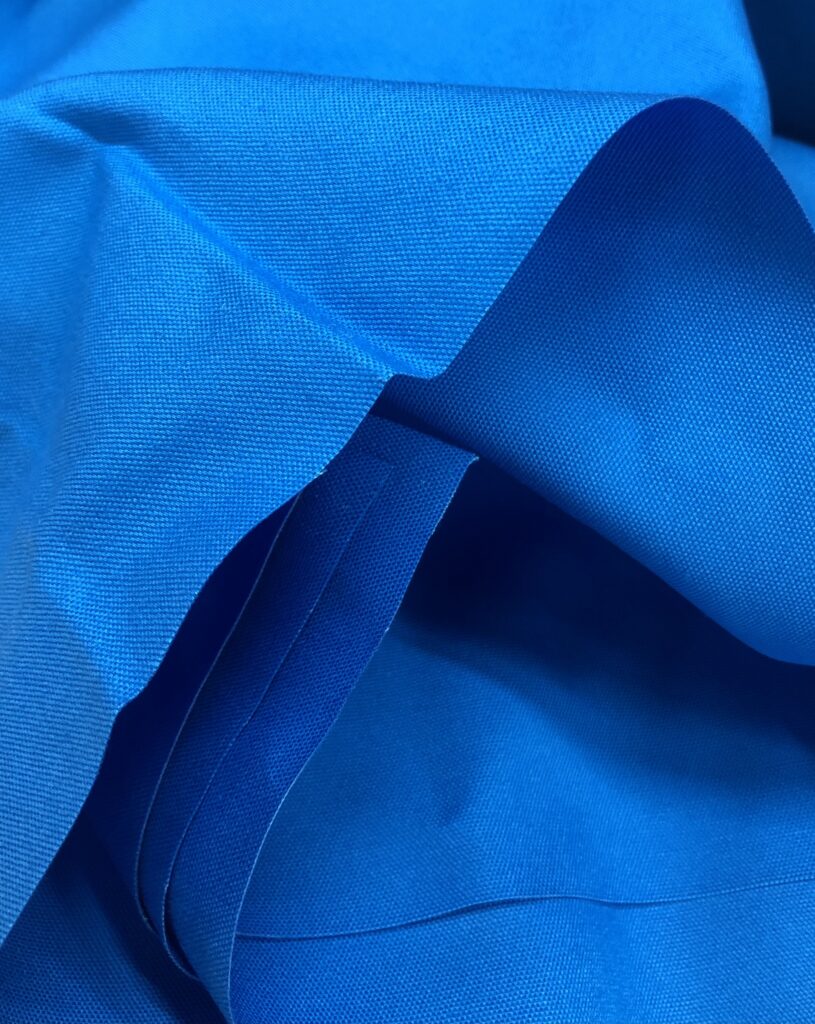Fabric cutting fee, is this a culture thing?
If it is the first time you ever shopped for a Japanese fabric, it may come as a surprise for you when there is a fabric cutting fee. This fee is very common in Japan, however depending on where you live, it can be the first time you have ever heard of this fee.
However, what’s the difference between fabrics that don’t require a cutting fee and fabrics that do.
This time, let’s discuss the “cutting fee,” which is the cost incurred when arranging fabrics in cuts in meters, based on what we have heard from many fabric manufacturers

Why does Japan have a cutting fee?
We are sometimes asked why we charge a cutting fee when we do not have to pay a cutting fee when buying fabrics at fabric physical stores or at craft stores.
The reasons for this vary, as circumstances differ from manufacturer to manufacturer. Here are some of the reasons we have heard from manufacturers. Nevertheless, I think you can get an idea of what a cutting fee is.
As a labor charge
My perception is that this idea of a labor charge is the most appropriate.
When setting the price of fabrics, the unit price is set based on the sale of more than 1 roll, so in the case of a few meters, we do not receive a profit according to the time and effort required, so we record it as a cutting fee as a labor charge.
In fact, between shipping 1 roll and cutting and shipping 10m, cutting 10m is by far the more labor intensive. In the case of one roll, we just take it out of the warehouse and pack it, but in the case of a cut, we have to extend the roll, measure it, fold it, and roll it up.
As the cost of shipping from an outside warehouse.
Often fabric stores put their fabrics in outside warehouses rather than in their own warehouses.
It may be a warehouse of a company that does warehousing, or a warehouse of a factory that has dyeing done for them.
When shipping from these warehouses, there may be a shipping cost or a cost of ◯◯ yen per cut, which is recorded as the cost of the cut.
As a loss
If the cost is not 1,000 yen or 1,500 yen per item but 300 yen more per meter for cutting, the loss rate for cutting is calculated and recorded as a cutting cost.
For example, there is no loss for fabrics purchased in 50m lengths and sold in 50m lengths, but in the case of cut fabrics, the length of the cut fabrics is usually measured by hand, so the length of the cut fabrics is somewhat longer. For example, if the length is 2m, 2.2m is included.
In this case, the cost of cutting is actually increased by 10%, so the cost of cutting per meter will be charged.
In this case, it is quite expensive to arrange for a cut.
Conclusion
When you buy from a fabric store or a handicraft store, you don’t have to pay the cutting cost, because they purchase the fabric at counter value and add the inventory risk and labor to the unit price.
For more Japanese fabric, please visit ApparelX’s fabric list.



